Australia’s love affair with SUVs shows no signs of slowing down. In June 2025, SUV sales once again dominated the passenger vehicle market, with familiar favourites leading the charge and emerging players shaking things up. From budget-friendly compact crossovers to luxury giants, buyers had no shortage of choice, and the numbers speak volumes. Mazda, Hyundai, and Tesla continue to headline the charts, while BYD’s newest entrants, the Sealion 6 and 7, are quickly making their presence felt.
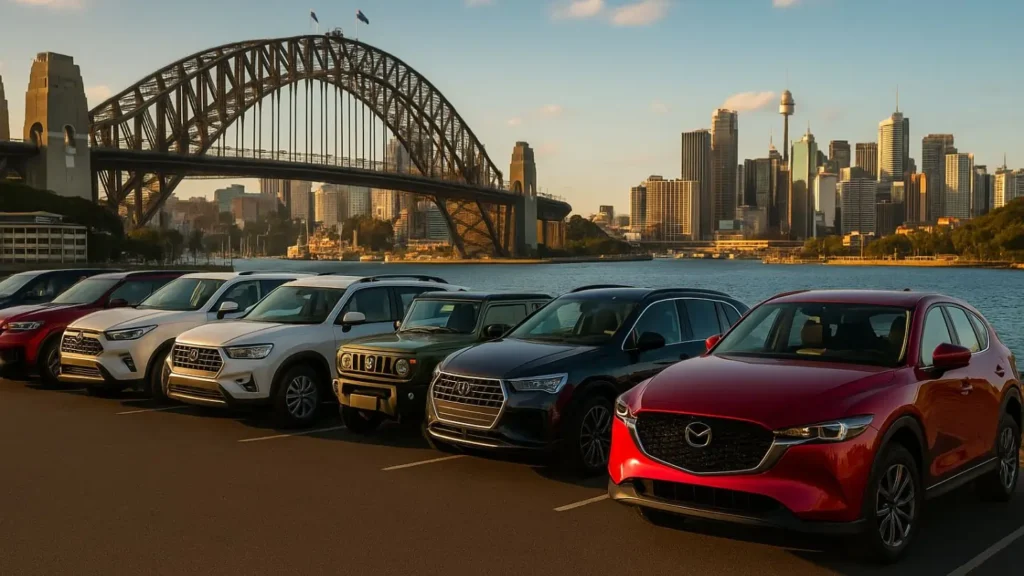
| Segment | Model | June 2025 sales |
| Light SUV | Mazda CX-3 | 1577 |
| Toyota Yaris Cross | 962 | |
| Hyundai Venue | 843 | |
| Small SUV < $45k | Hyundai Kona | 2,484 |
| GWM Haval Jolion | 2,000 | |
| MG ZS | 1,945 | |
| Small SUV > $45k | Volkswagen T-Roc | 596 |
| BMW X1 | 520 | |
| Audi Q3 | 474 | |
| Medium SUV < $60k | Mazda CX-5 | 2582 |
| Toyota RAV4 | 2421 | |
| Hyundai Tucson | 2332 | |
| Medium SUV > $60k | Tesla Model Y | 3457 |
| Lexus NX | 653 | |
| Mercedes-Benz GLC | 617 | |
| Large SUV < $80k | Ford Everest | 2705 |
| Toyota Prado | 2177 | |
| Isuzu MU-X | 2033 | |
| Large SUV > $80k | BMW X5 | 420 |
| Land Rover Defender | 326 | |
| Mercedes-Benz GLE | 324 | |
| Upper Large SUV < $120k | Toyota LandCruiser wagon | 1142 |
| Nissan Patrol wagon | 724 | |
| Land Rover Discovery | 46 | |
| Upper Large SUV > $120k | BMW X7 | 92 |
| Lexus GX | 80 | |
| Mercedes-Benz GLS | 71 |
June SUV sales at a glimpse
Light SUV
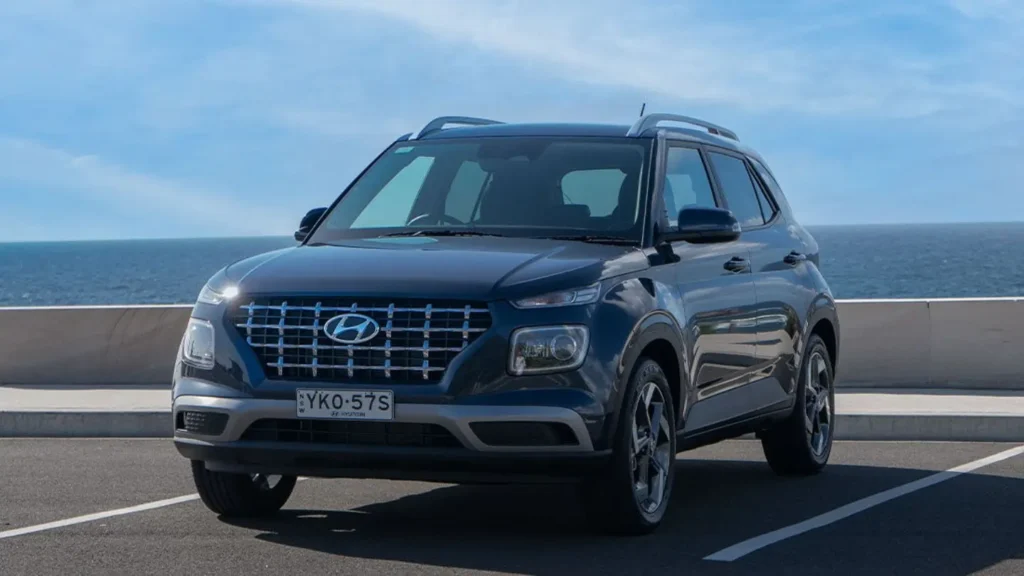
Mazda’s CX-3 continues to punch above its weight, topping the light SUV chart with 1,577 units sold in June. It’s clearly still the go-to choice for city drivers seeking something compact yet stylish. The Toyota Yaris Cross and Hyundai Venue follow, both delivering steady numbers and proving their relevance in this ever-competitive entry-level space.
Small SUV (< $45k)
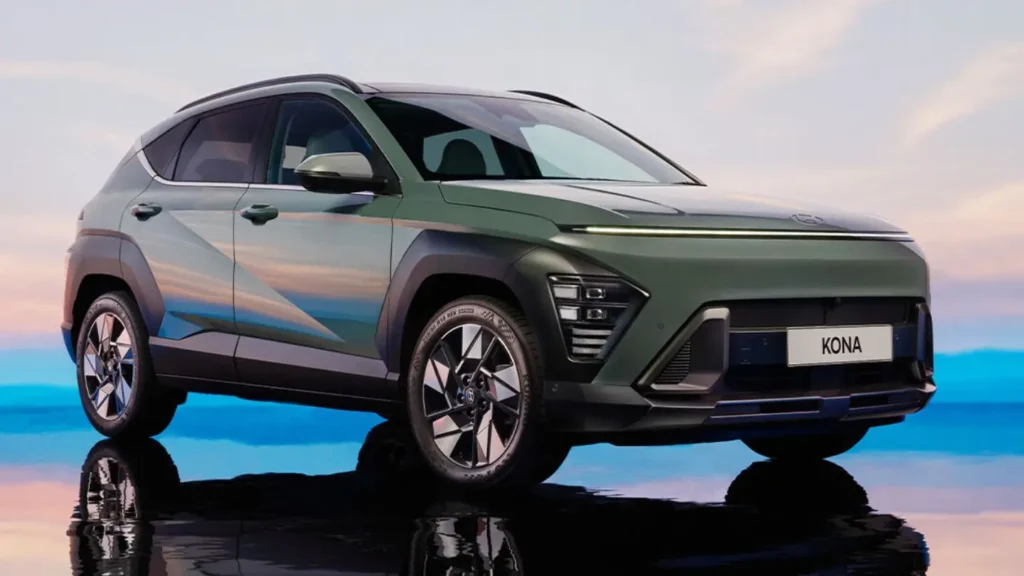
Hyundai’s Kona is in cruise control, comfortably ahead of the pack with 2,484 sales. It ticks all the right boxes for value, style, and technology. But it’s the Chinese challengers, GWM Haval Jolion and MG ZS, that continue to make waves. With 2,000 and 1,945 units sold, respectively, they’re proving that affordability and feature-rich offerings are a winning combination for Australian buyers.
Small SUV (> $45k)
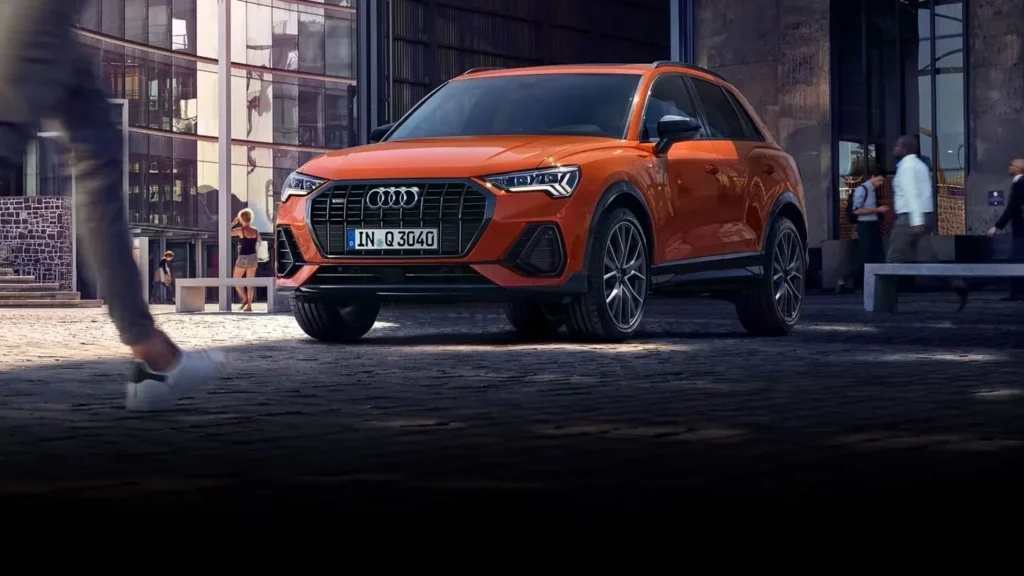
Premium brands are holding their ground here. Volkswagen’s T-Roc leads the charge with 596 units, while the BMW X1 and Audi Q3 are close behind at 520 and 474, respectively. Buyers in this bracket are still keen on the blend of luxury, performance, and badge appeal — even in a compact package.
Medium SUV (< $60k)

It’s a familiar story here, the Mazda CX-5 retains its mid-size crown with 2,582 units. The Toyota RAV4 and Hyundai Tucson are snapping at its heels, and with good reason. All three offer a strong blend of space, safety, and everyday usability, making this one of the most competitive segments on the market.
Medium SUV (> $60k)
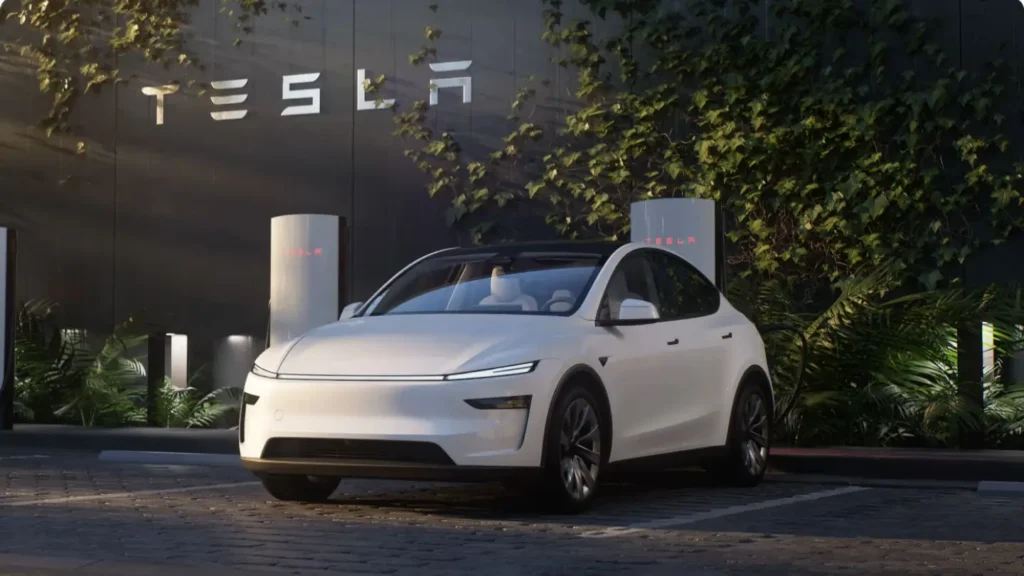
Tesla’s Model Y is simply in a league of its own, clocking 3,457 sales and leaving everything else in the dust. That’s more than five times the sales of the Lexus NX or Mercedes-Benz GLC, which sit in second and third. The electric SUV segment may still be growing, but buyers have already made up their minds, and it’s Tesla they’re backing.
Large SUV (< $80k)
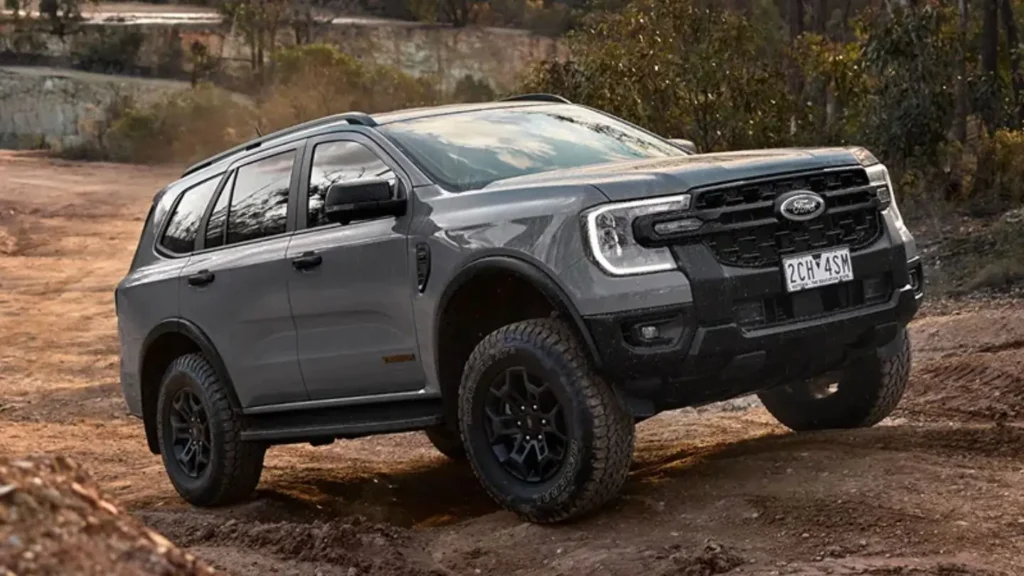
The Ford Everest topped the large SUV segment with 2,705 units, against the likes of the Toyota Prado (2,177) and Isuzu MU-X (2,033), both of which have built loyal fan bases over the years. It’s clear that Aussie families still want their SUVs to be tough, spacious, and capable.
Large SUV (> $80k)
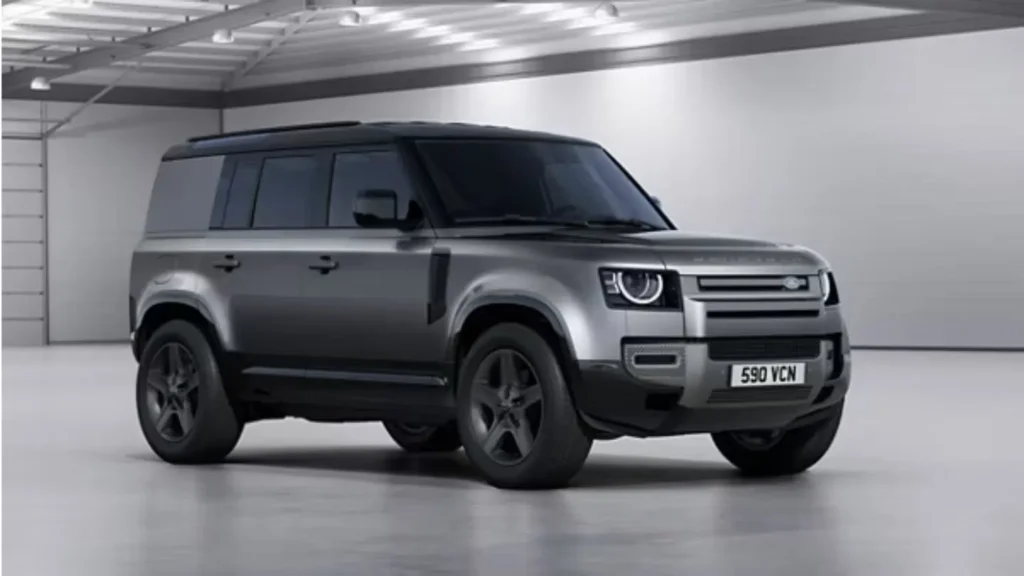
In the premium space, the BMW X5 takes top honours with 420 units. The Land Rover Defender (326) and Mercedes-Benz GLE (324) follow closely, showing that buyers here aren’t just after badge value; they also want performance, road presence, and versatility.
Upper Large SUV (< $120k)
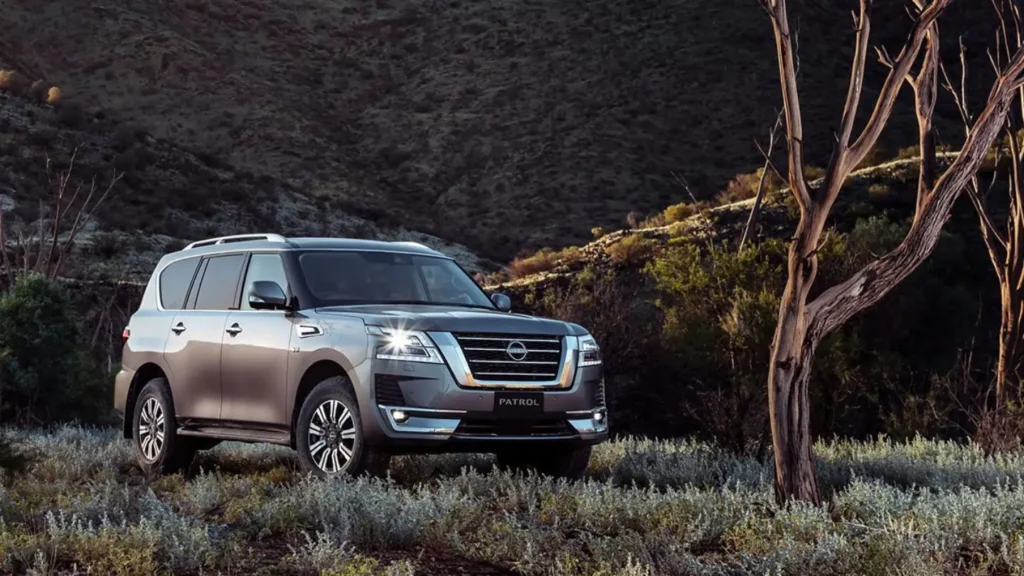
No surprises here — the Toyota LandCruiser wagon is still the segment heavyweight with 1,142 sales. Whether it’s long-haul road trips or outback touring, the LandCruiser remains the name to beat. The Nissan Patrol holds its ground with 724 units, while the Land Rover Discovery sits much further back in this niche space.
Upper Large SUV (> $120k)
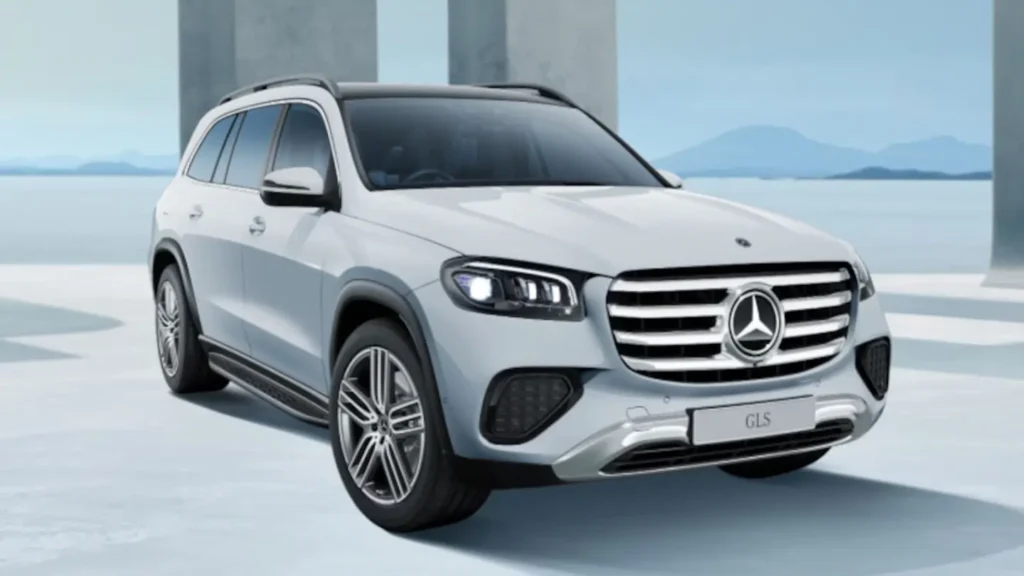
Sales in this top-tier bracket may be modest, but competition is tight. The BMW X7 leads with 92 units, followed by the Lexus GX (80) and Mercedes-Benz GLS (71). These aren’t everyday SUVs — they’re flagship models with big price tags and even bigger expectations.
One to watch: BYD’s big entry into mid-size SUVs
While they didn’t crack the top three in their segment, BYD’s new mid-size SUVs are shaping up to be serious challengers. The BYD Sealion 6 Hybrid and Sealion 7 EV posted 1,604 and 1,795 sales, respectively, in June, totalling 3,399 units, which places them firmly in the mid-size segment. The Sealion 6 alone recorded a 232.8% year-on-year growth, while the Sealion 7 made an impressive market debut.
These numbers signal more than just a strong month — they suggest BYD is moving from challenger to contender in Australia’s fiercely competitive SUV landscape.
Quick takeaways from June 2025 SUV Sales
- Mazda CX-3 remains the top-selling light SUV, maintaining its dominance in the compact urban space.
- Hyundai Kona leads the affordable small SUV segment, with GWM Jolion and MG ZS closing the gap.
- European brands continue to rule premium small SUVs, led by the Volkswagen T-Roc.
- Mazda CX-5 keeps its crown among sub-$60k mid-size SUVs, fending off strong competition from RAV4 and Tucson.
- Tesla Model Y leads the $60k+ mid-size SUV market by a huge margin, cementing its EV dominance.
- Ford Everest tops the under-$80k large SUV segment, staying ahead of stalwarts like Prado and MU-X.
- BMW X5 is the best-seller in the over-$80k large SUV space, edging out the Defender and GLE.
- Toyota LandCruiser wagon dominates the upper large SUV market under $120k, doubling the Patrol’s numbers.
- BMW X7 leads the over-$120k luxury SUV bracket, but overall sales in this segment remain modest.
- BYD’s Sealion 6 and 7 are rising stars, combining for 3,399 mid-size SUV sales and signalling a serious threat to the established order.
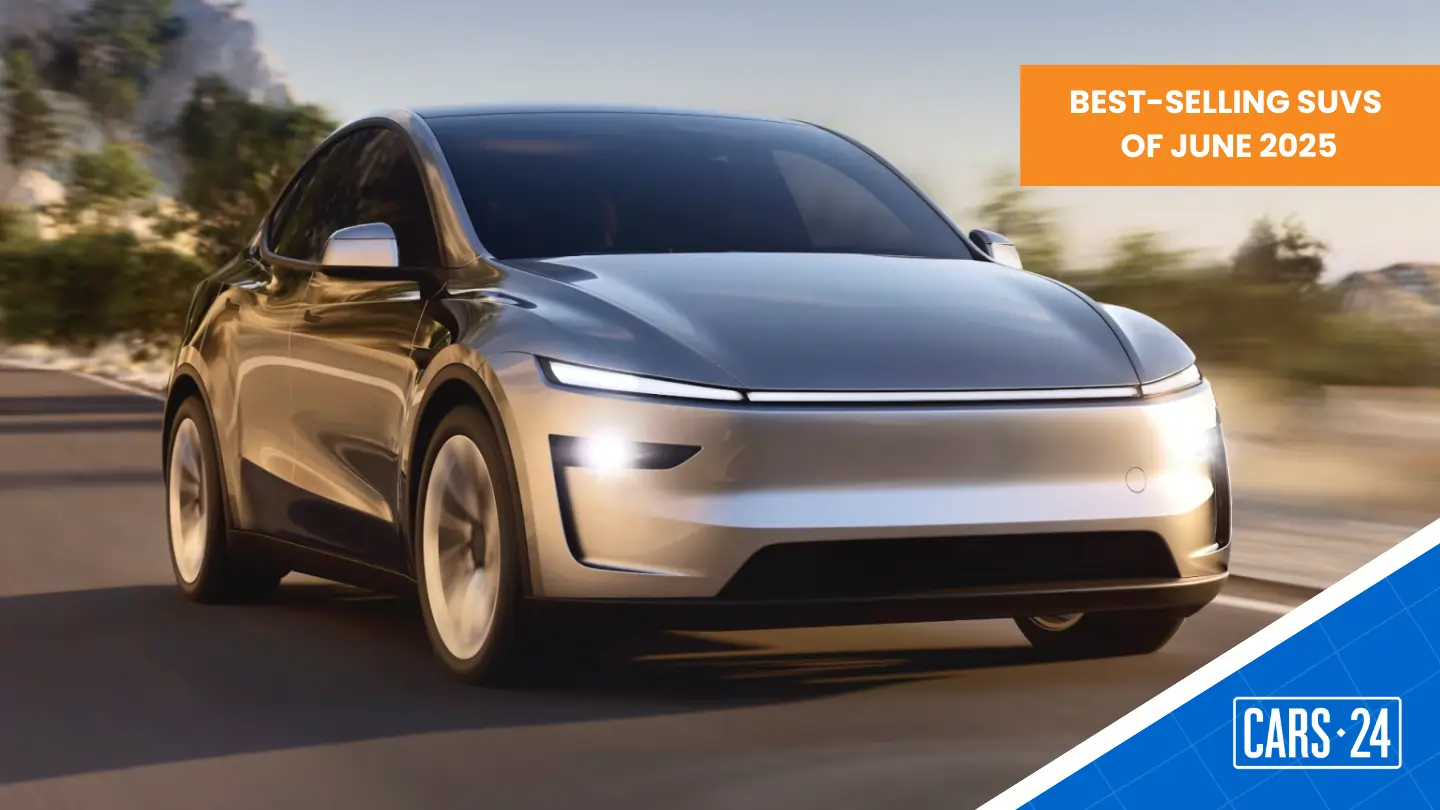
Comments
New Comment